Last week we completed the first of my two Snow Monkeys & Hokkaido, Japan Winter Wildlife tours for 2017. Today I’m starting a travelogue series to walk you through our adventures via a selection of my photographs.
As usual the tour was a lot of fun, and very productive. I was able to keep up with my initial selection of photographs each day as the tour progressed, and I ended up shooting just under 6,000 images, which isn’t a lot for a wildlife trip, but I’m shooting with 5Ds R bodies which are slow, and I’ve been to the locations we visit so many times I can be more selective than the participants.
Image Selection
At the end of each day, I went through and deleted any obvious mistakes and images where I missed focus etc. and put a 3 star rating against any of the images that I wanted to look at again. I created a Smart Album in Capture One Pro to automatically pick up all 3 star or higher images so that I could easily go back in and review my selection. Whenever I had some spare time, I’d go back in and remove images that I didn’t feel so strongly about and came home with around 880 images that still had a three star rating.
Over the last week, in between catching up with other tasks that I need to complete before starting the second tour on February 19, when I release this first travelogue episode, I’ve continued to go back in and whittle down my selection to currently 320 images. I’ve run out of time to get down to my final selection, so to start preparing for this episode I’ve gone through my selection and marked all of the images that I want to talk about, and I’m currently at 120, which would take three months to talk about, so I obviously have to get that number down further.
As a record of this first selection, I changed the star rating to 4 for all but a few which were just for illustration purposes. I really would like to talk about this trip is just three episodes, four at most, so at 10 images per episode we’re talking 30 to 40 images or just a little more. As I’m running out of time, I’m going to steam through and select the images that I feel I absolutely must talk about, and see where that leads.
Great Weather for Most of the Trip
The weather was very cooperative, giving us two great mornings with hoar frost on the river with the Japanese Red-Crowned cranes, which is always a treat, but we didn’t get any falling snow while we were with the cranes. We still had a great time though, and got some beautiful photos, as you’ll see as we progress through this travelogue.
We started the tour with an optional dinner at a hotel in Tokyo, before meeting to start the tour officially the following morning to head out to Nagano for our first three days to photograph the adorable snow monkeys. I was very happy to see that we had a lot of snow in the valley as we walked in, as last year there had been very little snow.
We spent our first afternoon with the monkeys, getting the group accustomed to photographing in the snow, and getting used to shooting in Manual mode to get the best possible results in these winter wonderland conditions. I had some nice shots from the first afternoon, but although there was lots of snow on the ground, it wasn’t fresh and it didn’t snow while we were there.
The following morning though, we awoke to a good covering of fresh snow, that was still falling, so when we arrived in the monkey park when they opened at 9am, the snow on the valley walls was still untouched, and that’s a bit of a treat to work with. The first photo that I want to share is this one of a female snow monkey making her way through the fresh snow (below).
On the previous day this snow had been chunky and nasty from a thousand snow monkey footprints, but with the fresh snow it was transformed. It was also very soft, almost powder snow, so it looked great as the monkeys walked through it, and of course, it stuck to their fur, which helps to illustrate the harshness of the conditions that they live in.
I shot this at f/10 at ISO 800 for a shutter speed of 1/400 of a second. That’s about as slow as I like to go for a moving subject, and I generally try to speed this up as the light increases. It worked here though, because the monkey wasn’t running at speed.
As the monkeys got more active, running around, often in confrontation, I increased my shutter speed to 1/1000 of a second by increasing my ISO to 1250 and reducing my aperture to f/8 for this next photograph (below). Here we see a young snow monkey retaliated as another monkey showed aggression towards him.
Again, the soft snow was sticking to the monkeys as they ran around, and this always adds a nice extra element to improve the photographs, and another of the reasons why I love it when we have fresh snow.
Also, although I am often happy to just capture a quiet moment, more like a portrait than a wildlife shot, I do like it when I can capture some dynamic movement and a different expression like this. It takes a bit more patience as you need to be watching constantly, but that’s the biggest part of the fun of wildlife photography.
This next image (right) is more in the other camp, the quiet portrait, although the timing was still pretty critical. This little guy with a huge coat of fur was just chilling out, and was actually wide awake, but to get a more peaceful looking image, I released the shutter when he had his eyes closed for a few moments, as I much prefer this kind of image if the monkey is just sitting around.
For this image I had also dropped my shutter speed back down to 1/800 of a second at f/8 with ISO 800. This is my ready for action zone. It’s fast enough to capture some moderately fast action, but of course that also works for static subjects like this little guy.
I tweaked my Manual settings again, as the light changed, so I increased my shutter speed to 1/1000 of a second and reduced my ISO to 640, at the same aperture of f/8, for this next crazy image (below). It looks like this monkey is laughing maniacally while looking directly at the camera. The reality is that she’s retaliating to aggression in the group, and for a moment looked at me.
I have a second frame where she looks like the joker from Batman, but we’ll move on as I try to keep the number of images down to ten for today. A word on the cropping before we do move on though. I shot this in landscape orientation, with the monkey on the left third, and I have cropped down to a square removing the right third of the image, as I feel it suits the image better, with the monkey looking straight at the camera.
I left the second image of this laughing monkey uncropped though, because she was looking to the right of the frame, and therefore the image looked better with some space for her to look into.
This last image from the snow monkeys (below) shows another relatively young monkey walking down the valley wall in the fresh snow. This is another reward for being patient and aware, as well as a bit of luck. The fresh snow around the hot spring pool was starting to get trodden down, except for a patch on the top left. I recalled that monkeys often climb down the mountain and walk through this point, so I started to watch for some coming down.
Only a few moments later, I could see two monkeys way up on the mountain side, and sure enough, they made their way through to this point, so I was able to photograph them coming through the fresh snow. This is actually the second one. The one that actually broke the snow first got so buried in it the photograph was a bit of a mess, so this is the better of the two, again with lots of snow on the monkeys fur, showing the harshness of their environment.
Red-Crowned Cranes
We came back into the park for a third day, just for a few hours before heading back to Tokyo for the night, then we set off for Hokkaido bright and early on the fourth morning, with our first stop being to photograph the beautiful and graceful Red-Crowned Cranes.
On the first day, we got lots of great photos of the cranes flying overhead. I have many with just one crane, which are nice, but they often feel a little bit documentary, so I thought I’d share this one, with six adult cranes flying together, which I quite like (below).
I always find it interesting that some of the cranes fly with their legs tucked in when it’s cold, rather than letting them hang out to the back like the others in this group. They leave their legs tucked away like that sometimes until literally just before they land, as though they are lowering the landing gear.
No Fish Fed to the Cranes
During this trip the crane center that we visit had been forced to stop feeding the cranes live fish, as this attracts the sea eagles. Although that’s become one of the main attractions in addition to photographing the cranes, the eagles travel further distances and therefore risk bring avian flu to the group, so there was no feeding at two o’clock and subsequently no eagles. Apparently after a meeting with the government bodies on February 14 they are now feeding fish to the cranes again, but not at 2pm, which has become too well know by the eagles, so this year, there are no eagles here. Luckily for my group we spend three quality days with the eagles anyway later in the trip.
Sublime Hoar Frost
As I mentioned earlier, we had some beautiful hoar frost at the river, giving us some sublime photography opportunities on our second morning in Hokkaido, day five of the tour. The temperatures got down to around -25° C (-13° F) for a while, which was great, because we need it to be cold with no wind for the hoar frost to form, but when it’s this cold the mist can be a little too thick. We patiently waited though, and as the mist sometimes thinned we were rewarded with photos such as this one (below).
The cranes are still mostly asleep as it needs to warm up a little more for them to become active, and they are also roosting further down the river than usual this year, but I still love this scene. The sunlight was by this point directly hitting the trees to the right, and just catching the top of the mist in places, but what makes this shot for me is the layers of wispy mist flowing over the back of the scene, at the top of my frame here.
At the severe risk of sounding conceited here, when I came back to this photo a few days later, as it popped up on my screen the soft layers of mist and overall color palette felt very much like a Turner painting to me. There’s just something so ethereal and calming about this that really appeals to me.
I’m going to resist showing you another photo from this first morning of hoar frost, because as I’ve worked through my selection I’m now close to being able to finish the cranes in this first episode, and I have something slightly better from the second morning, so we’ll press on and look at a couple of photos from the second day with the cranes.
As I’d mentioned, we didn’t have any falling snow with the cranes, so I tended to concentrate on birds in the air, because the snow is a little too chunky and contrasty for my liking. Of course, for first time participants they’ll still get great shots, but I can be a bit more picky having visited so many times.
Also still trying to avoid showing just cranes with a blue sky background, this photo (below) has become a bit of a favorite because of the trees in the background, that add a lot more texture and detail than my usual images at the crane center.
I shot this with my 200-400mm lens with the 1.4X Extender engaged, but pulled back to 420mm. At f/10 though, at this focal length, the background gets relatively nicely blurred, while still keeping this large bird fully in focus, so there’s some nice separation and the snow on the distant hills is nice and soft, almost looking like clouds, apart from the bit of detail in the top left corner.
At the end of our second day with the cranes, I took the group to a location where there are usually a few cranes that fly out as it gets dark, giving us an opportunity to shoot a few panning shots before it does actually get dark. With no control over where the birds fly, most of them on this day flew over the top of the snow, rather than climbing a little higher to get a dark background, and white on white doesn’t look quite as good with the cranes. Instead, I thought I’d share this image (below) of three cranes starting to run as they took off, to fly to the river where they’d roost for the night.
For panning shots like this I generally select a shutter speed between 1/25 and 1/50 of a second, or perhaps a little bit faster, but not much. For this image I was using 1/30 of a second shutter speed at f/11 with the ISO set to 800. This gave me plenty of movement in the wings so I’m relatively happy with this, although I do prefer it when the birds are actually in flight and over a dark background.
OK, so as I’ve worked through this, selecting the images that I want to share with you, I’m at the point where we can finish the Snow Monkeys and Cranes with just three more images from the last morning at the bridge with the hoar frost, so we’ll push this episode to twelve images, then move on to Whooper Swans next week. We’ll probably be able to finish in three episodes then, so we’re doing well here.
Otowa Bridge
As I’ve mentioned in previous years, the bridge from where we photograph the cranes on the river is called “Otowasbashi” where “bashi” or “hashi” just means bridge, but I love the fact that “Otowa” in Japanese means “the sound of wings”. The name of the town is “Tsurui” which means “Cranes are Here”, and I also find that very cool. To top it all, the bridge on which the photographers stand is actually a second bridge built just for photographers, to keep them off the main road which runs parallel to it.
This image was shot at 7:22, about 30 minutes after the sun had risen, so there was still a bit of warmth in the light hitting the scene, and I love the shape that the mist forms in this photograph. The cranes were waking up slowly because it was almost but not quite as cold as the previous day at around -23° C (-9° F). This is perfect for the mist. It was thick for a while, but not too thick, as you can see (below).
Basically as the scene unfolds and the mist forms pleasing patterns, we stand and wait with our fingers crossed for the birds to do something to add a little more interest to the scene. For me here that was the two cranes that were singing to the right. I pulled my 200-400mm lens with the 1.4X Extender engaged back to 480mm so that I could get both banks of the river in too, which I often like to do. My shutter speed here was 1/500 of a second at f/14, ISO 800.
The cold kept the birds from really waking up though, until 7:55. My group were getting cold and wanted to go back to the hotel for breakfast, but knowing the potential of the scene and the fact that the birds would eventually all wake up, we gave it a little more time, and then most of them started to dance and sing, for one last frenzy of shutters from the bridge.
When all of the cranes are dancing together, it can actually be a bit messy as a scene so my favorite at the moment is this shot (below) there are two birds dancing just left of center, with good clearance through to the background, and there are also a few other birds dancing in the right side, though less obvious. You can also see that the light has cooled down a lot by this point, partly because it had clouded over a little, but also because the sun was now higher in the sky, and the mist had also died down considerably.
After grabbing lots of shots of the dancing frenzy, I switched to video and got thirty-seconds of footage of the entire group dancing, which is really quite special, so I’ll be inserting that into a slideshow or other video at some point.
For this final photo (below) from the bridge and for today, shot about 20 minutes later, just before we left, there was a small group of cranes that had warmed up enough to fly out, probably heading over to the crane center that we’d photographed them at for the last two days.
The cranes quickly climbed and flew over the trees to the right of the frame here, but I’m happy with this shot, where they are all still in a clear patch, making it easy to understand what we’re looking at. For this shot I zoomed in just a little to 490mm and shot this at f/14 for a 1/500 of a second at ISO 1600, which incidentally was the same for the previous image as well.
We’ll leave it there for this week, as we left the cranes for this tour, to move on and shoot the Whooper Swans, which we’ll pick up next week.
Snow Monkeys & Hokkaido Tours 2019
Because our 2018 tours have now filled, we’ve now started to take bookings for 2019, so if you might be interested, please check the details and book at https://mbp.ac/ww2019. If you’d like to be added to the wait list for 2018, please drop us a line.
CP+ 2017 Canon Large Format Printer Booth
One other piece of housekeeping before we finish, I’m proud and thrilled to tell you that Canon will be using five of my images at their large format printer booth at the CP+ show in Yokohama Japan, from February 23 to 26, 2017. One of the image will be printed at B0 (zero) size, which is 40 x 56 inches, and the other four will be trimmed to approximately one meter wide and 2.5 meters high, to show the capabilities of both the 5Ds R camera and the new imagePROGRAF PRO line of printers.
If you will be visiting the show, please do stop by the Canon large format printer booth and take a look. If you get a chance to take a photo too, please do and send me a copy, because I can’t go myself. I’ll be on the second of these tours while the show is on.
Show Notes
Check out details of the 2019 tours here: https://mbp.ac/ww2019
Contact us to be added to the 2018 wait list: https://mbp.ac/contact
Subscribe in iTunes for Enhanced Podcasts delivered automatically to your computer.
Download this Podcast in MP3 format (Audio Only).
Download this Podcast in Enhanced Podcast M4A format. This requires Apple iTunes or Quicktime to view/listen.

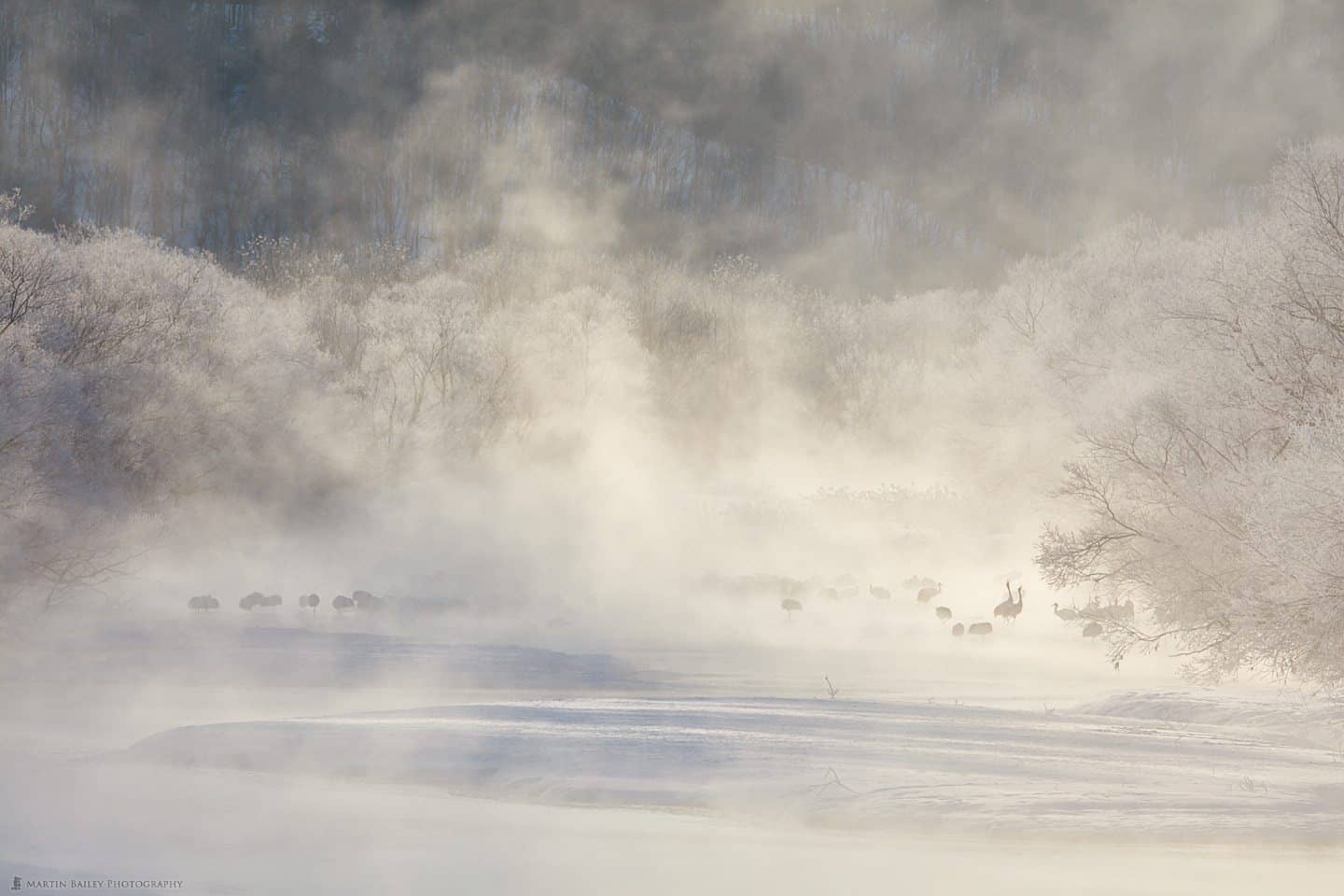
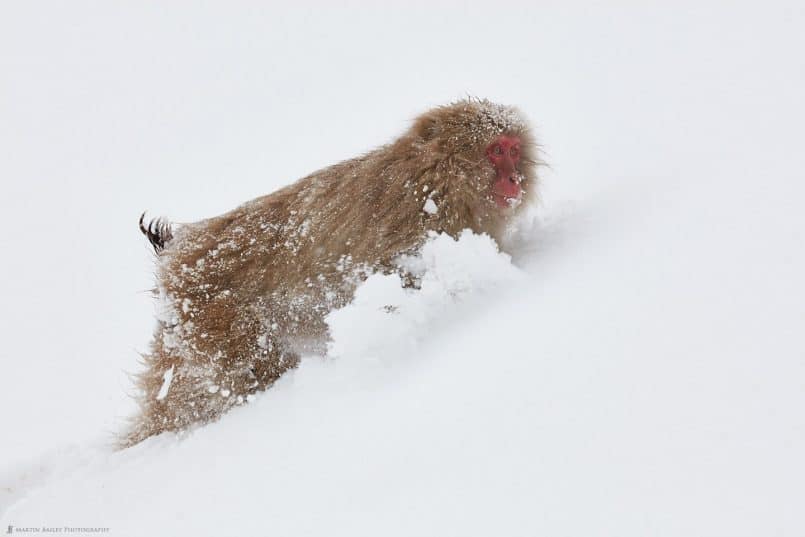

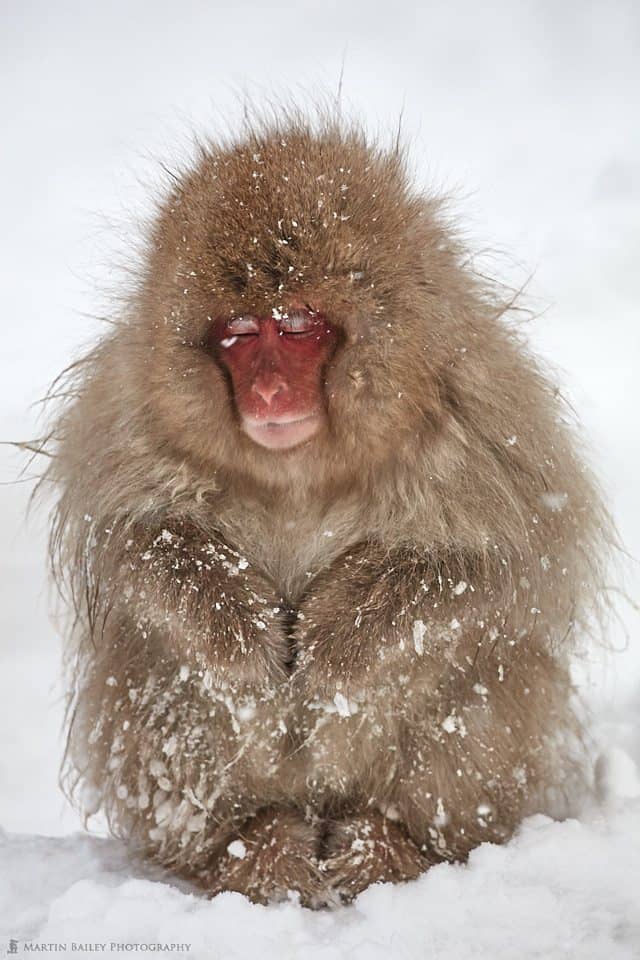
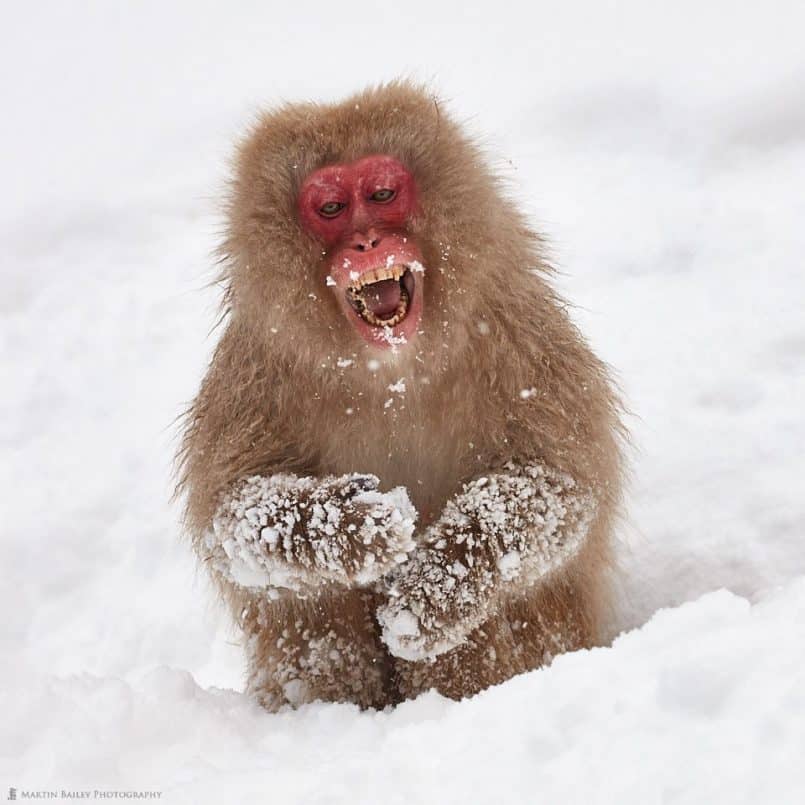
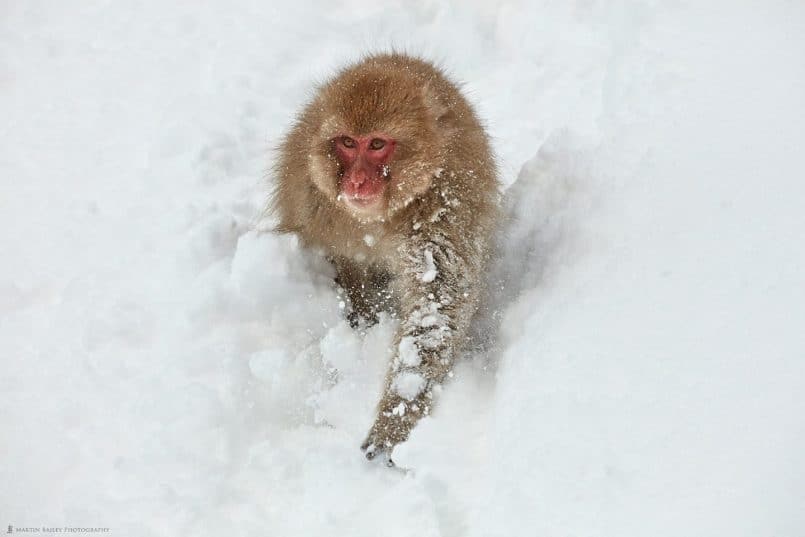
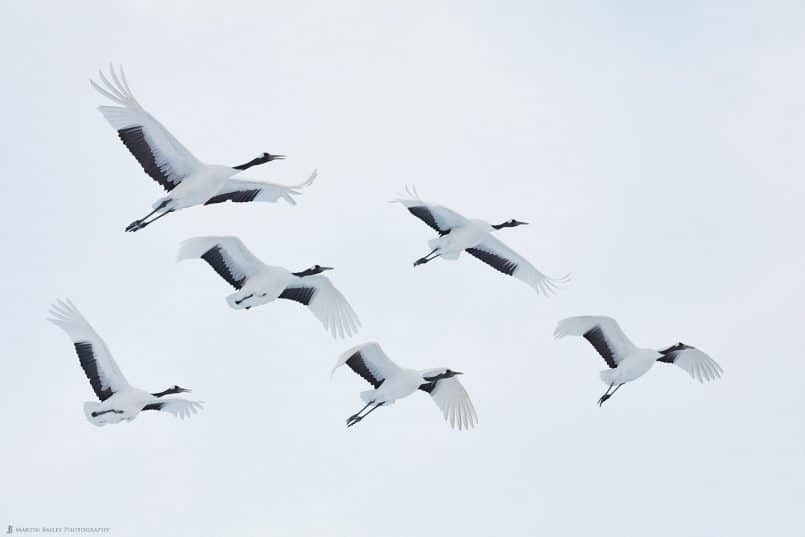
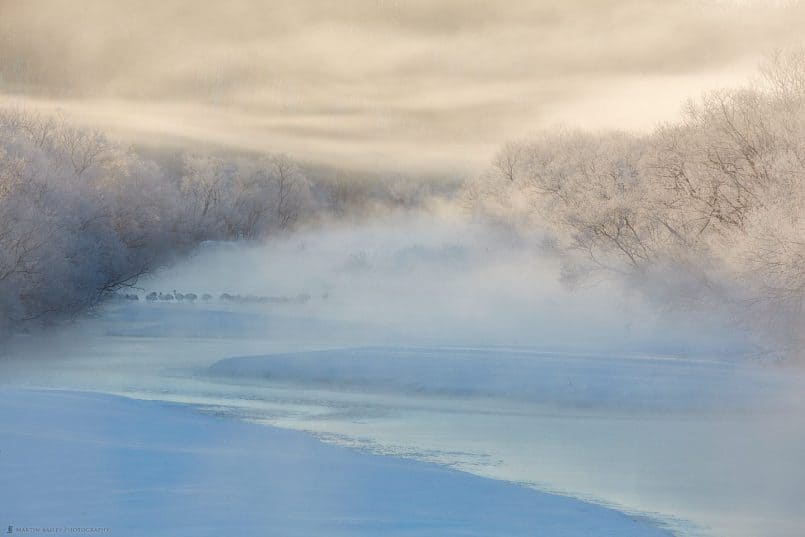
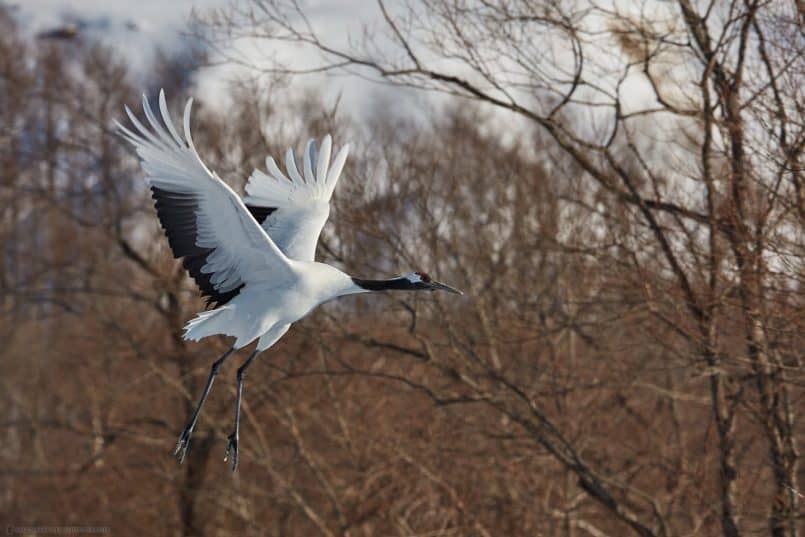
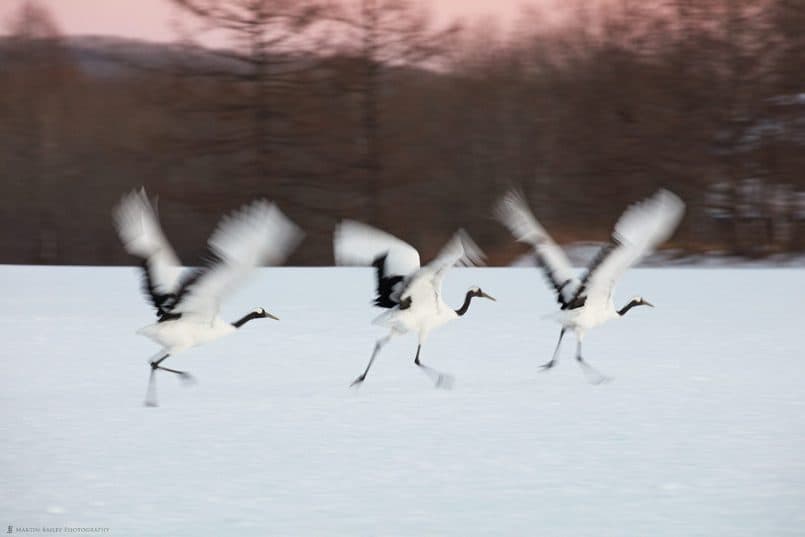

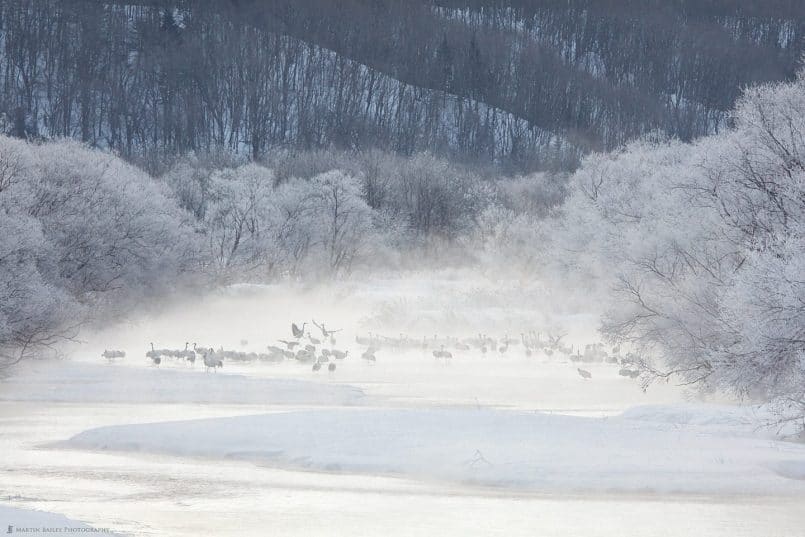
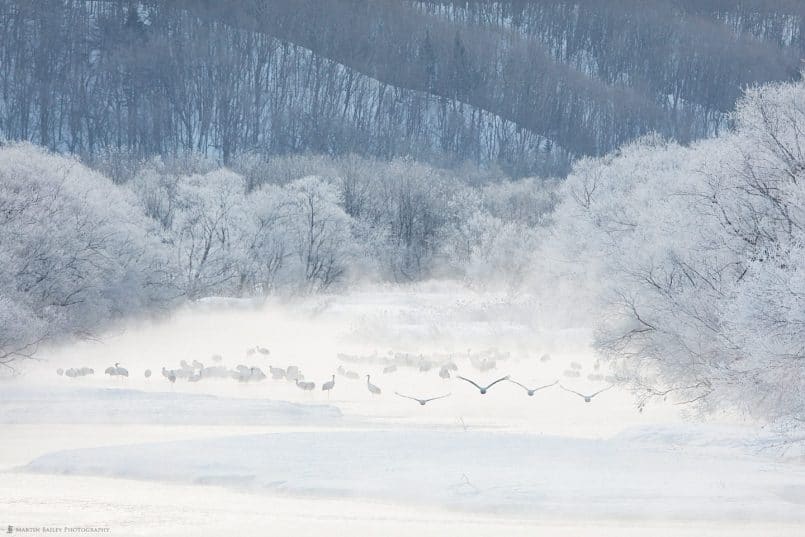
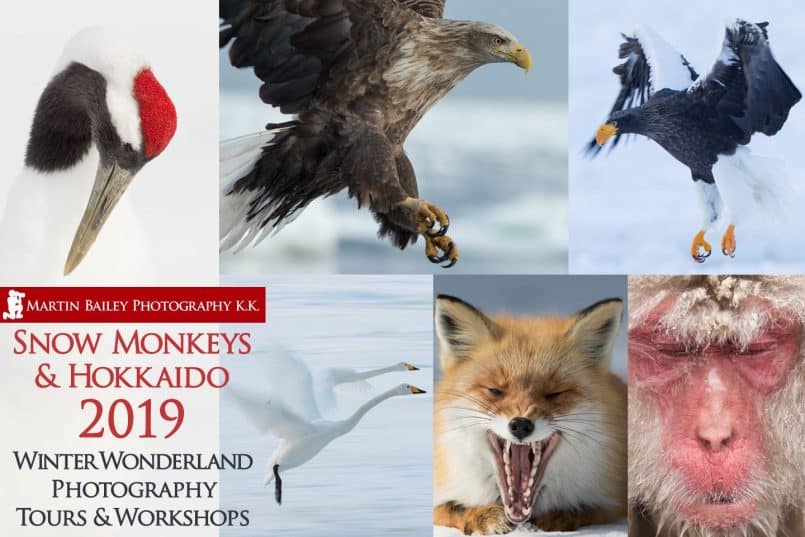

0 Comments